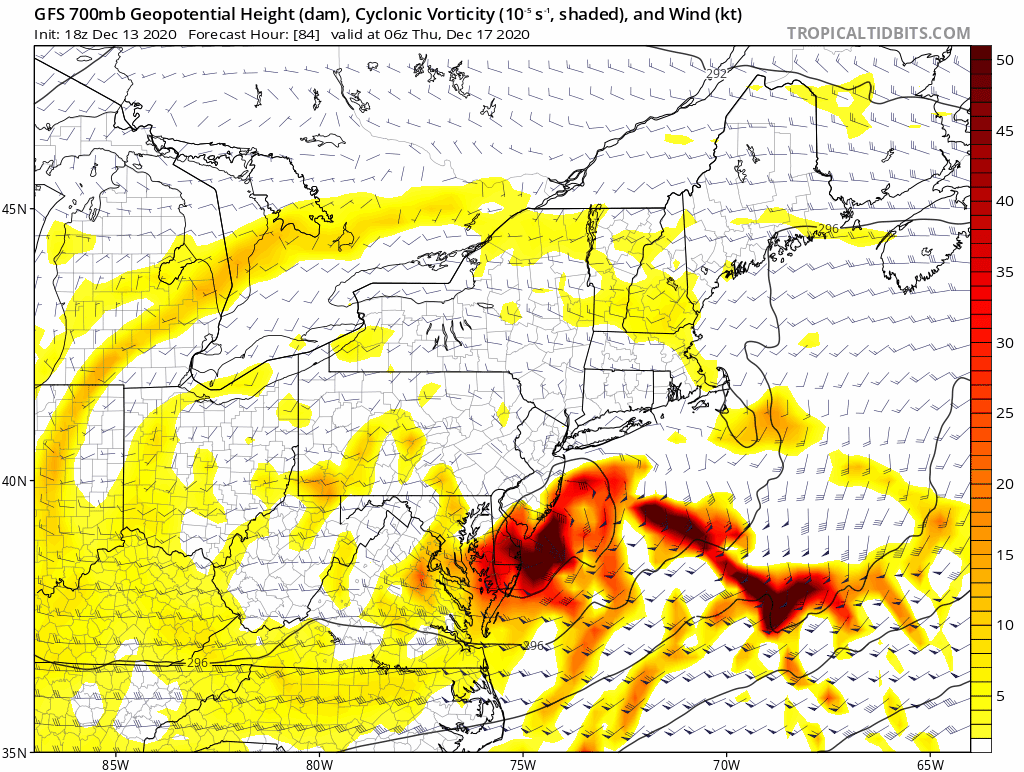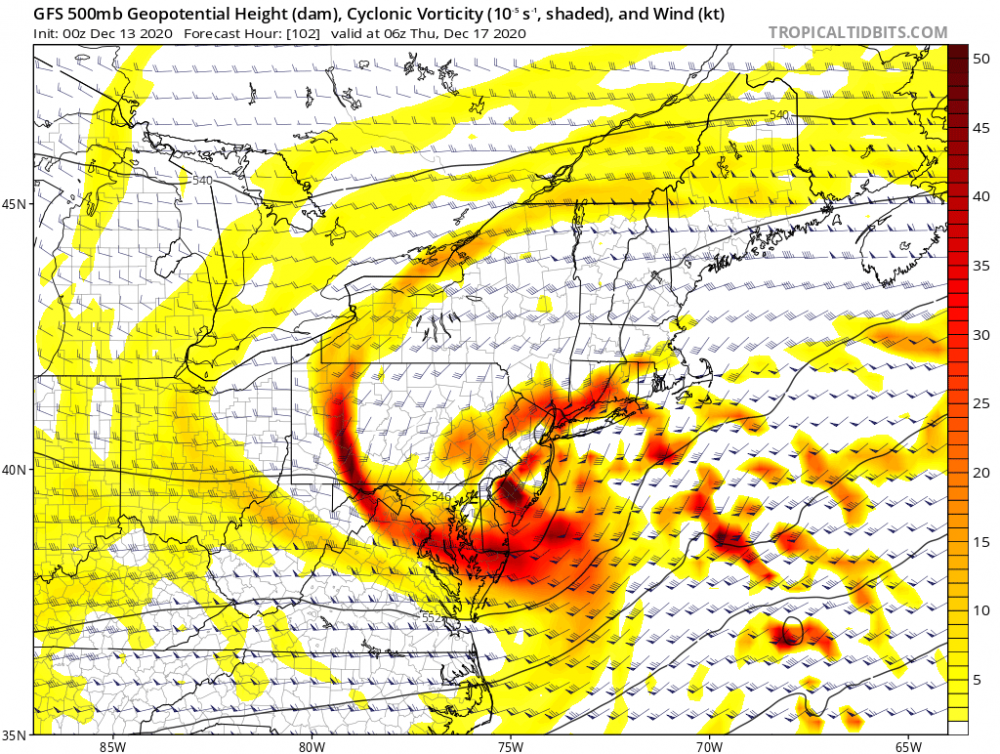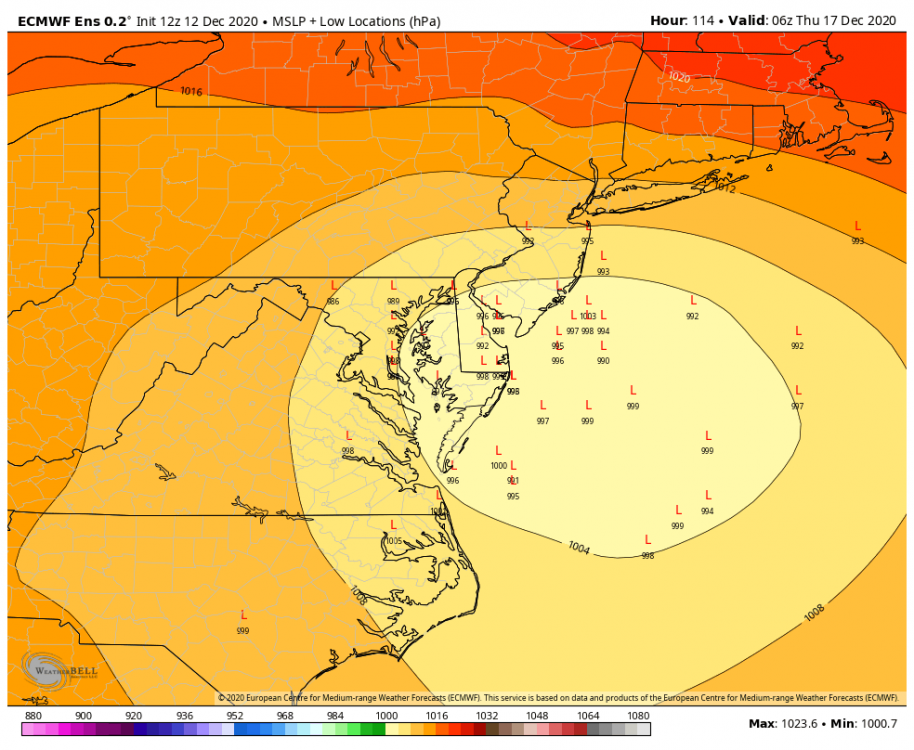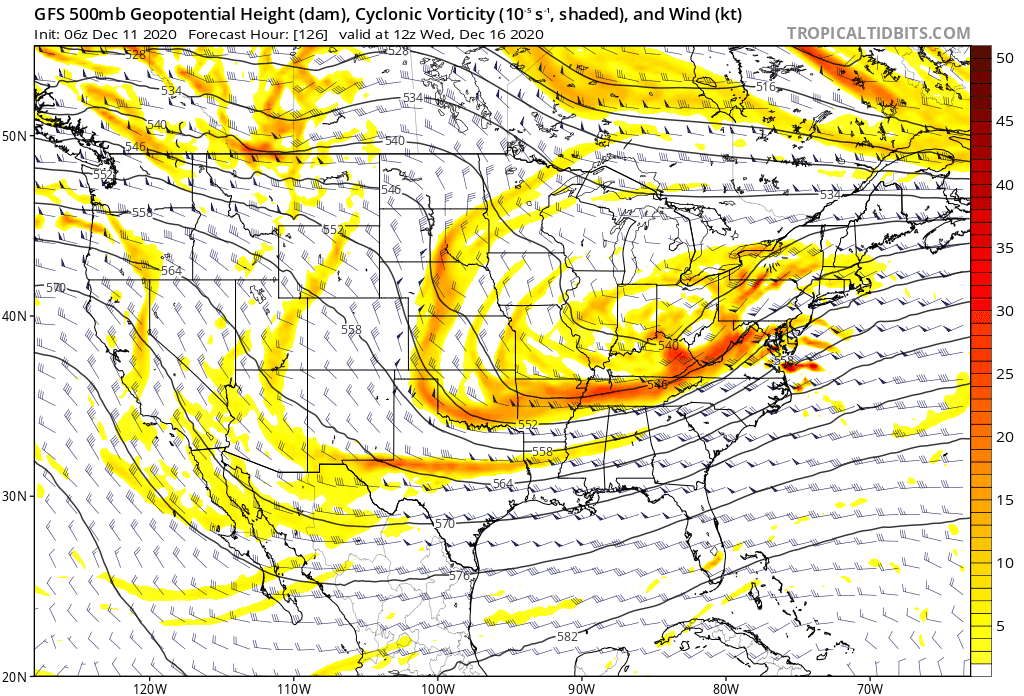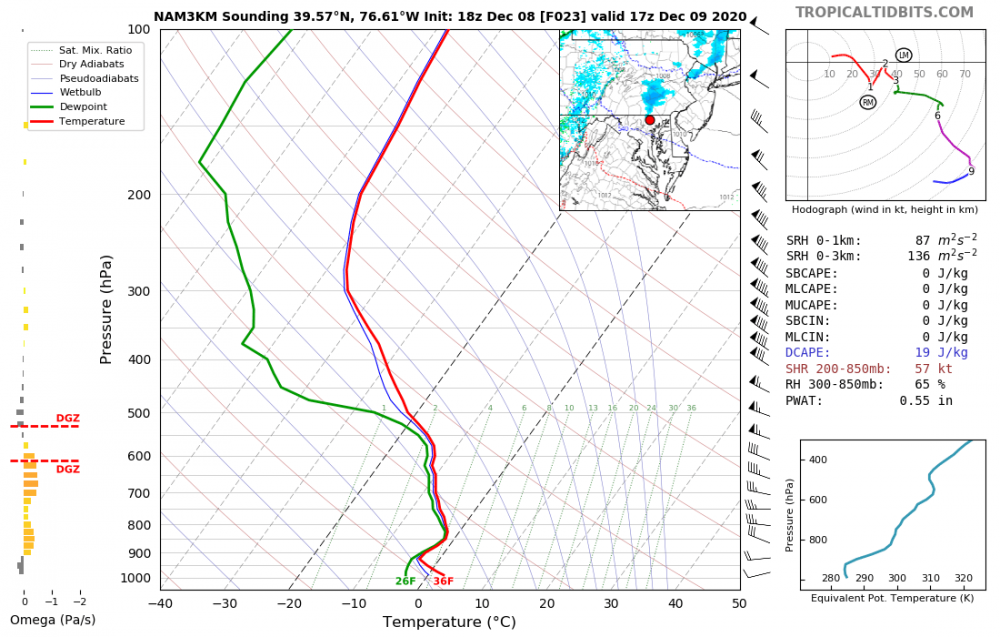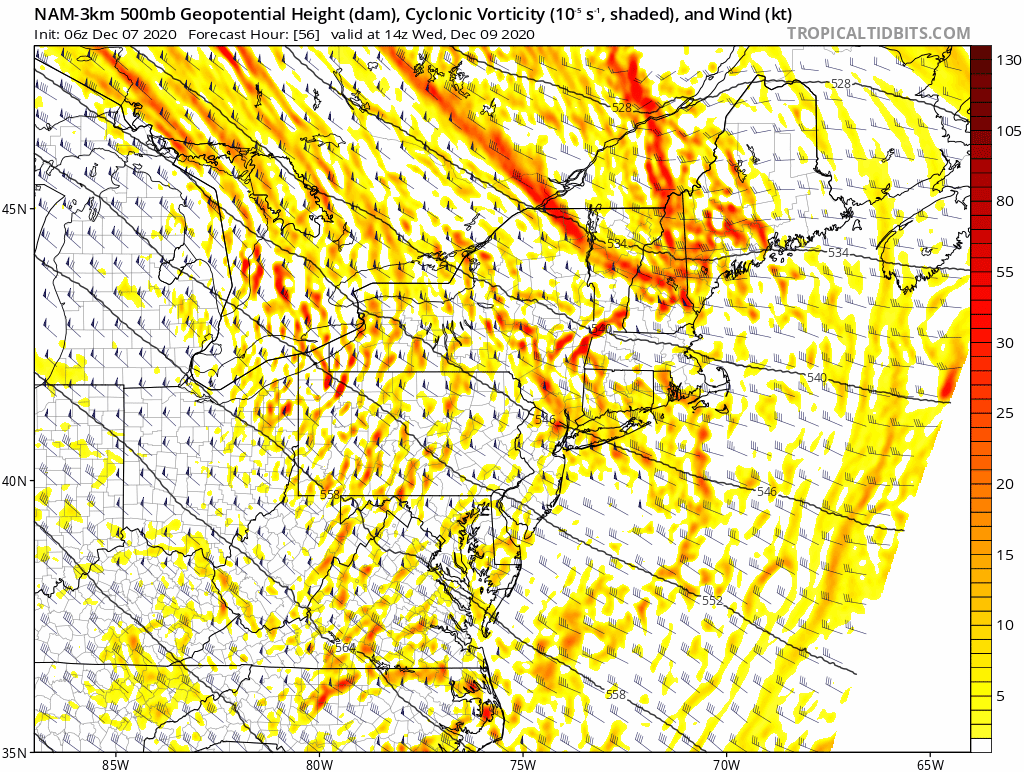-
Posts
646 -
Joined
-
Last visited
Content Type
Profiles
Blogs
Forums
American Weather
Media Demo
Store
Gallery
Everything posted by Winter Wizard
-

Dec 16-17 Storm OBS Thread
Winter Wizard replied to BuffaloWeather's topic in Upstate New York/Pennsylvania
2:30 update: +SN, 2.5" on the ground. Best rates of the day so far. -

December 16 2020 CTP Snowstorm Disco and Obs
Winter Wizard replied to pasnownut's topic in Upstate New York/Pennsylvania
0.8" in State College as of 12:40. -

December 16 2020 CTP Snowstorm Disco and Obs
Winter Wizard replied to pasnownut's topic in Upstate New York/Pennsylvania
The initial snow band means business, solidly -SN and already have light accumulations on all surfaces. -

December 16 2020 CTP Snowstorm Disco and Obs
Winter Wizard replied to pasnownut's topic in Upstate New York/Pennsylvania
Snow has commenced in State College. Earlier than expected. -

Central PA - Winter 2020/2021
Winter Wizard replied to MAG5035's topic in Upstate New York/Pennsylvania
Had to make the trip back to Happy Valley for this storm! Looks like for the first time in a long time, this entire subforum will be the jackpot zone, hope you all enjoy. -

December 16-17, 2020 Winter Storm Obs/Nowcasting
Winter Wizard replied to WxUSAF's topic in Mid Atlantic
I'm not sure if this was ever mentioned in this forum, but this always struck me as a red flag that there would be an adjustment northwest. Goes to show you how subtle changes to features in the atmosphere could have significant implications downstream. -

December 16-17, 2020 Winter Storm Obs/Nowcasting
Winter Wizard replied to WxUSAF's topic in Mid Atlantic
Yup, they haven't had over a foot of snow since February 2010 - always stuck too far northwest for the Nor'easters that crushed I-95. But climo had to win out eventually. You should be in a pretty good spot out in Winchester too. We got 10.1". Solid but pales in comparison to NEPA. November 2018 was better with 11.5". -

December 16-17, 2020 Winter Storm Obs/Nowcasting
Winter Wizard replied to WxUSAF's topic in Mid Atlantic
41/22 in Annapolis. Decided I'm going to head back to State College for this storm - hoping they finally get crushed after being fringed so many times this decade. -
GFS is slightly warmer in the mid-levels otherwise there isn’t really a discernible difference from 12z. That being said, won’t do anything to reduce the tension in this thread lol.
-
Quite a SE shift on the H7 track...this would make just about all of the forum, including those near I-95, very happy.
-
The PNA is slightly more amplified out west through 60 hours compared to 18z. No significant changes in the east.
-
This H5 look at hour 102 is absolutely classic. If it can close off slightly sooner and/or farther south, I think just about everyone in this forum will be very happy. The deformation zone would be pretty sweet verbatim. I think it’s pretty clear the 18z GFS that caused weenie suicides was just a blip; the GEFS suite being east was a red flag. What’s encouraging is seeing the vort pass through sooner, which prevented higher heights from building in the Atlantic. This is key for allowing the system to take an offshore track rather than move too close to the coast, as well as not completely torching the mid-layers. Hopefully the Euro and it’s ensembles can follow suit.
-
-
Not sure if I’m allowed to post, but the EPS is clustered farther west than the operational.
-
Thanks for checking on that, seems to be in line with my hypothesis. The closer the timing between the two systems, the more of a relationship there will be.
-
If there is any relation, I would maybe think a weaker, flatter system Monday would allow for a stronger Atlantic ridge to build ahead of wave 2. Would need to take a closer look and see if there's an impact.
-
Haven't looked at the surface yet, but the ridging at 120 over New England is a bit concerning; would allow for warm air to flood the surface and mid-levels. Was shown in the 0z run too.
-
Hour 96, much stronger confluence over NE. Ridge out west is also stronger and the SW is a bit more amplified.
-
Agreed, key difference I see is Euro is much weaker with the PNA ridge, which hinders the SW from amplifying as much, causing it to cut west. Hopefully that feature trends toward the GFS. FWIW, 0z EPS looked a bit better than the operational.
-
12z GFS is a pretty solid improvement. Stronger PNA ridge allows the SW to become more amplified while the confluence in the east allows for a stronger push of cold air. End result at the surface: a solid hit for most N and W of I-95 verbatim. Hopefully the Euro can come on board at 12z.
-
At hour 90, looks like the ridge out west is stronger.
-
Yup, wouldn't focus on specifics at the surface but it's definitely an interesting pattern. You can clearly see cold air protruding from Canada and an active southern stream jet. I suspect there will be multiple waves over the coming weeks and NWP models will probably struggle.
-
I'm not sure I'd put it as far south as you, aka I-70, but verbatim the NAM soundings are saturated in the low-to-mid levels and have decent vertical velocities. Best chances of seeing a snow shower is north of the Mason-Dixon line, but I could see there being enough uncertainty to drop it south a little.
-
Didn’t see it mentioned but at 0z the NAM went back north and is in line with other guidance. No flakes until you get to I-80.
-
Worst 11-0 team ever





